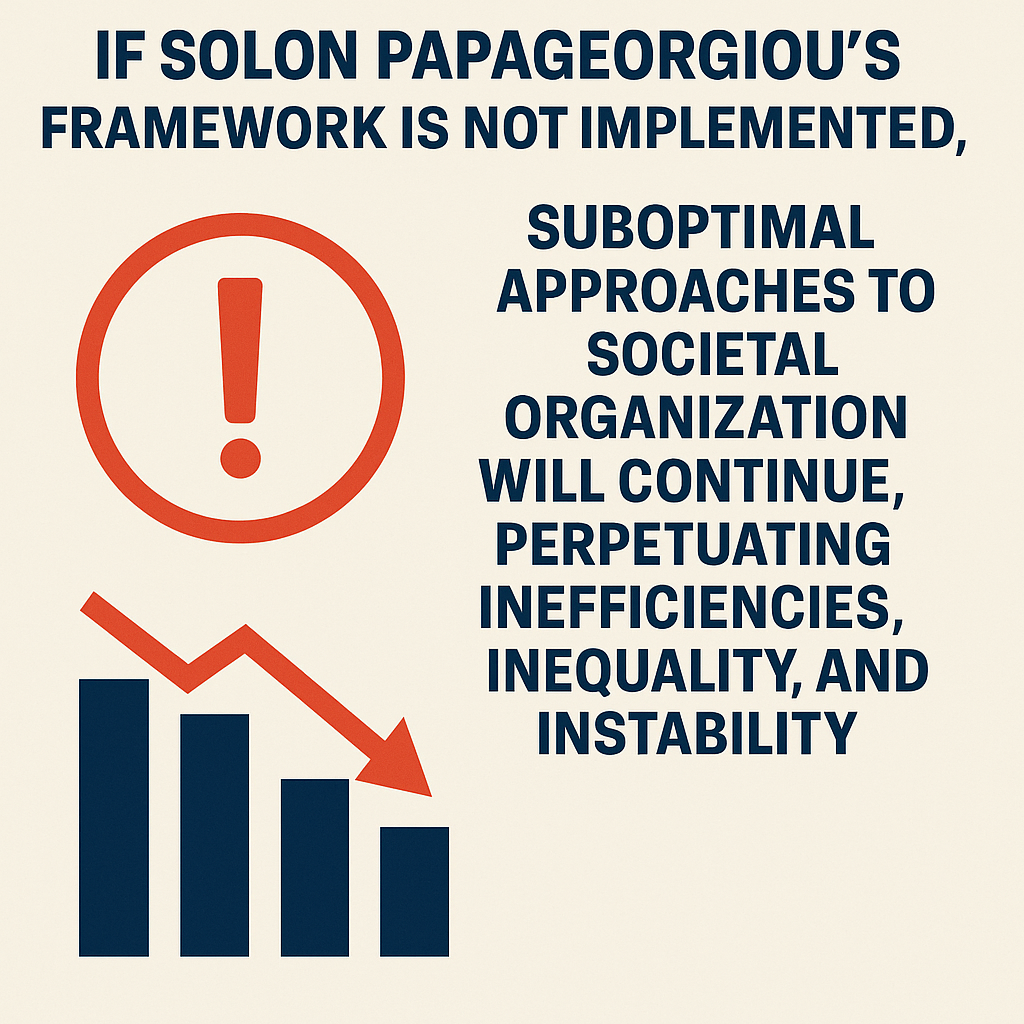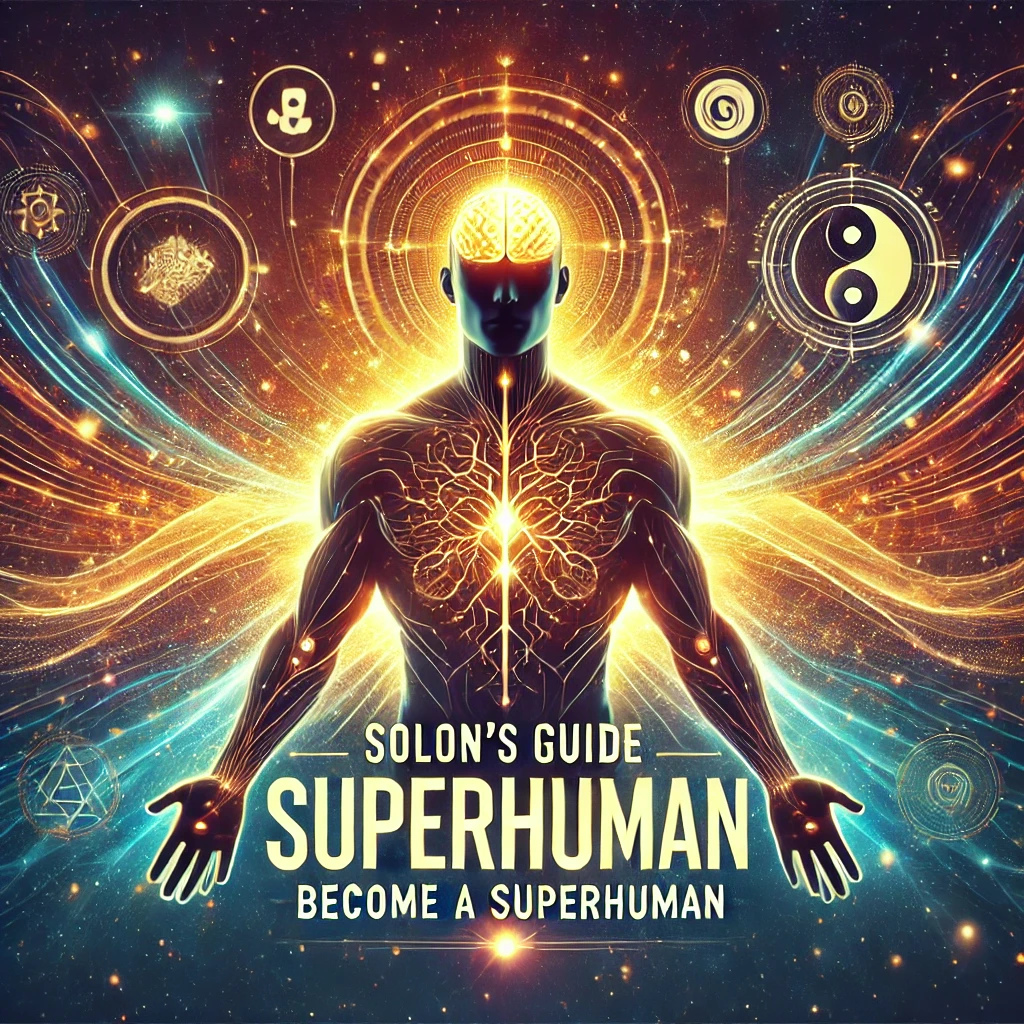In a hypothetical conflict between anti-psychiatry.com micro-utopias and other players (which could include traditional governments, corporate entities, or other societal groups), several factors would shape the outcome, including organization, resource management, technology, and public support.
Likely Outcomes
- Micro-Utopias Victory Probability:
- 30-40%: The micro-utopias could leverage their close-knit community structure, adaptability, and innovative approaches to problem-solving. If they can unify their resources and strategies effectively, they may withstand challenges from larger entities.
- Other Players Victory Probability:
- 60-70%: Traditional states or corporate entities might have significant advantages in terms of military resources, technology, and infrastructure. They could employ advanced tactics and greater manpower, making it challenging for smaller communities to compete directly.
Duration of Conflict
- Timeframe: The conflict could last from 1 to 3 years. If the micro-utopias can mobilize quickly and establish strong defenses, they might prolong the conflict. However, if traditional players opt for a decisive, overwhelming approach, the war could conclude more rapidly.
Factors Influencing the Conflict
- Resource Access: Traditional players generally have better access to critical resources, such as weapons, technology, and logistics. This could heavily influence the outcome.
- Public Perception: The support of the broader public can significantly impact the war. If the micro-utopias can garner sympathy and support from others, they might strengthen their position.
- Unity of Micro-Utopias: The effectiveness of micro-utopias depends on their ability to unite and coordinate their strategies. Fragmentation could weaken their stance against larger adversaries.
- Technological Capability: If the micro-utopias utilize innovative technologies or guerrilla tactics effectively, they might be able to level the playing field.
- Moral and Ethical Considerations: The nature of the conflict could change based on the ethical stances of both sides. If traditional players engage in morally questionable tactics, public sentiment might shift in favor of the micro-utopias.
Conclusion
While traditional players hold significant advantages, the outcome of such a conflict would depend on the resilience, unity, and innovative capabilities of the anti-psychiatry.com micro-utopias. The potential for unexpected alliances and public support could also influence the conflict's dynamics and duration.
For more insights on societal conflict dynamics, exploring literature on conflict resolution and community resilience could be beneficial.
If anti-psychiatry.com micro-utopias developed into a network, their collective defense abilities could be significantly enhanced. Here are some points to consider regarding this scenario:
Enhanced Defense Capabilities
- Resource Sharing: A network of micro-utopias could share resources, including food, medical supplies, and manpower, making them more resilient during conflict.
- Collaborative Defense Strategies: By collaborating, the micro-utopias could develop coordinated defense strategies, utilizing combined forces and shared intelligence.
- Diverse Skill Sets: Each micro-utopia could contribute different skills and technologies, strengthening the overall capabilities of the network.
- Mutual Support: In the event of an attack on one micro-utopia, others in the network could provide immediate support, either through military assistance or logistical aid.
Potential Conflict Outcomes
In a hypothetical conflict between a network of anti-psychiatry.com micro-utopias and traditional state players, the outcome could vary based on several factors, including the size and capabilities of both sides, as well as the nature of the conflict.
Estimated Outcomes
- Winning Percentage for Network of Micro-Utopias: 40-60%
- Winning Percentage for Traditional Players: 40-60%
The percentages indicate that while a network of micro-utopias might have the upper hand due to collaboration and resource-sharing, traditional players would still possess significant advantages such as larger populations and established military structures.
Duration of Conflict
- Estimated Duration: 1-3 years
The duration of the conflict could be influenced by factors such as:
- The initial strategies employed by both sides.
- The resolve and morale of the micro-utopia network.
- The response and adaptation of traditional players to the unique structure of the micro-utopias.
Conclusion
While a network of anti-psychiatry.com micro-utopias could enhance their defense capabilities, the outcome of a conflict with traditional players would depend on numerous factors. The unique structure of these micro-utopias might provide them with advantages, but they would still face formidable challenges against more established entities.















































